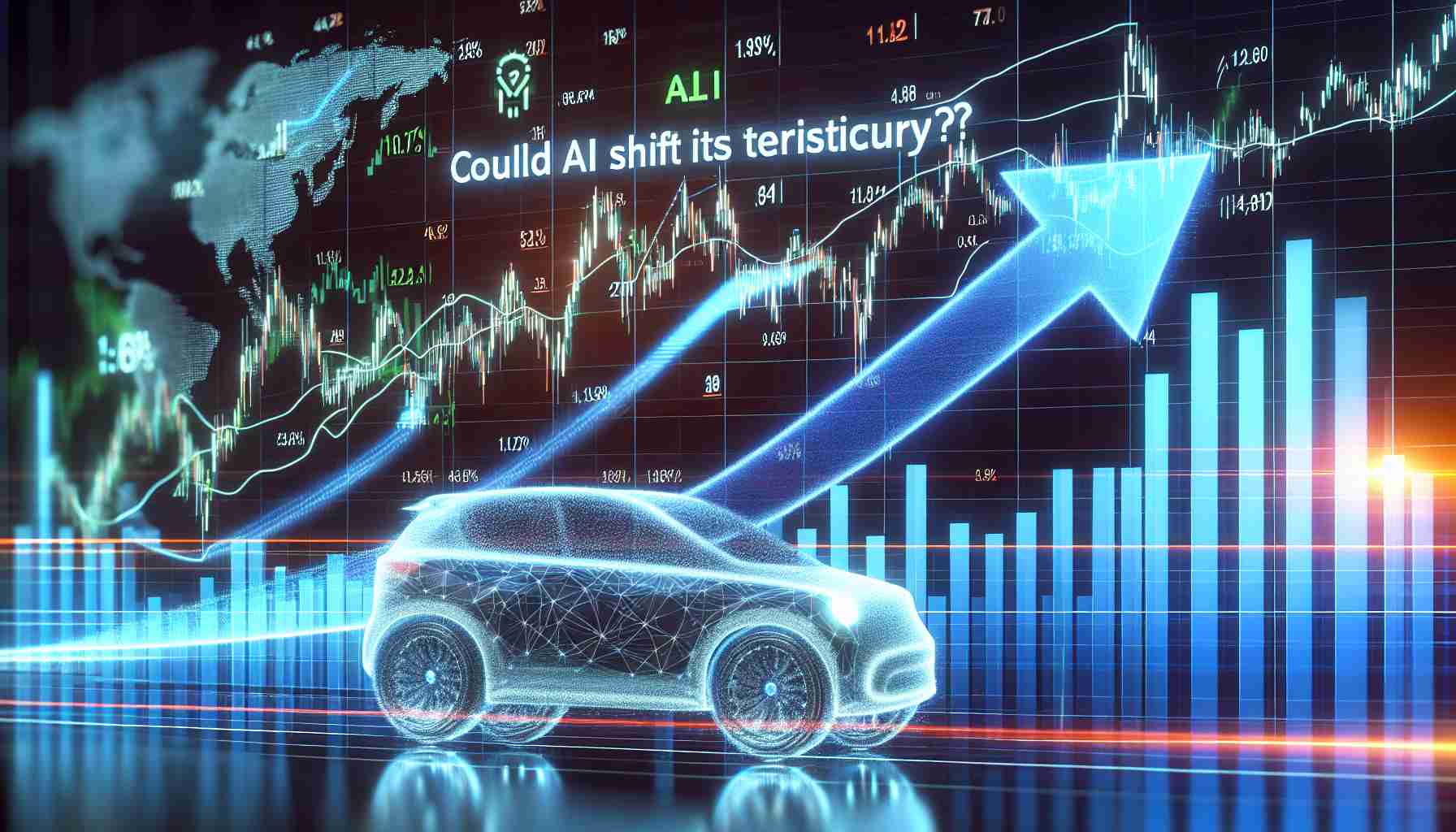Groundbreaking Developments Unveiled at CES 2025
In a significant revelation at CES 2025, Shenzhen EngineAI Robotics introduced a trio of innovative humanoid robots: the SE01, SA01, and PM01. These cutting-edge machines are designed to enhance human-robot interaction in various environments. Notably, the SA01 and PM01 are open-source, empowering developers to push the boundaries of embodied intelligence.
The visionary behind EngineAI, Zhao Tongyang, aims to produce advanced humanoid robots that are both accessible and scalable. Having previously achieved immense success in the robotics sector, Zhao’s ambitions now include selling over a thousand units by 2025. His impressive career includes pioneering research in humanoid robotics and leading various successful robotic enterprises.
Among highlights, the SE01 stands out as a full-sized humanoid capable of performing complex industrial tasks, such as lifting hefty loads with remarkable precision. Equipped with advanced learning algorithms, it mimics natural human movements, improving workplace efficiency. On the lighter side, the SA01 is tailored for educational purposes—lightweight and customizable, it appeals to research institutions looking for innovative teaching tools.
EngineAI’s PM01, the latest addition, boasts dynamic flexibility and resembles human agility. With built-in interactive features, it’s ideal for research and commercial applications alike. EngineAI is not just innovating; they are setting the stage for the future of humanoid robotics. As their products gain momentum, the company positions itself as a leader in the drive towards AI integration in everyday tasks.
Revolutionizing Robotics: What CES 2025 Unveiled About the Future of Humanoid Robots
Groundbreaking Innovations at CES 2025
CES 2025 showcased astounding advancements in humanoid robotics with the introduction of three pioneering models from Shenzhen EngineAI Robotics: the SE01, SA01, and PM01. These robots are engineered to facilitate seamless human-robot interactions across various applications, marking a significant leap in embodied intelligence.
Features and Specifications
SE01: This full-sized humanoid robot is designed for industrial tasks. It can lift heavy loads with remarkable precision, thanks to its advanced motor functions and learning algorithms. Mimicking natural human movements, the SE01 enhances efficiency in the workplace, proving invaluable in industries that demand precision and flexibility.
SA01: Specifically created for educational settings, the SA01 is lightweight and customizable, making it an ideal tool for research institutions and classrooms. Its ability to adapt to various educational needs positions it as a key asset for teaching robotics and programming.
PM01: The latest addition to EngineAI’s lineup, the PM01 features dynamic flexibility akin to human agility. This model includes interactive capabilities that allow for various applications, from research to commercial use, making it a versatile choice for developers.
Open-Source Revolution
One of the most intriguing aspects of the SA01 and PM01 is their open-source framework. This empowers developers to innovate and customize these robots, paving the way for limitless applications in robotics and AI. The open-source approach enhances collaboration within the tech community, fostering a culture of shared knowledge and development.
Market Insights and Growth Predictions
As EngineAI prepares to sell over a thousand units by 2025, market analysts point to an increasing demand for humanoid robots in both commercial and educational sectors. The global robotics market is expected to grow significantly, driven by advancements in AI and machine learning, making these robots not just novelties but integral components of our future workforce.
Pros and Cons of EngineAI’s Humanoid Robots
Pros:
– Enhanced human-robot interaction capabilities.
– Open-source development fostering innovation.
– Versatile applications across industries.
Cons:
– Potential concerns regarding job displacement in certain sectors.
– The need for ongoing technical support and updates.
– High initial investment costs for educational institutions.
Trends in Humanoid Robotics
The introduction of the SE01, SA01, and PM01 aligns with broader trends in robotics, where companies focus on creating adaptable, intelligent machines that can assist in various environments. The emphasis on open-source technology is a growing trend in the industry, making robotics more accessible to developers and researchers.
Conclusion
EngineAI Robotics is leading the charge in humanoid robotics with its innovative designs and open-source capabilities. As the industry evolves, the introduction of these robots signifies a pivotal moment in how we interact with technology on a daily basis.
For more information on the advancements in robotics, visit EngineAI.

















